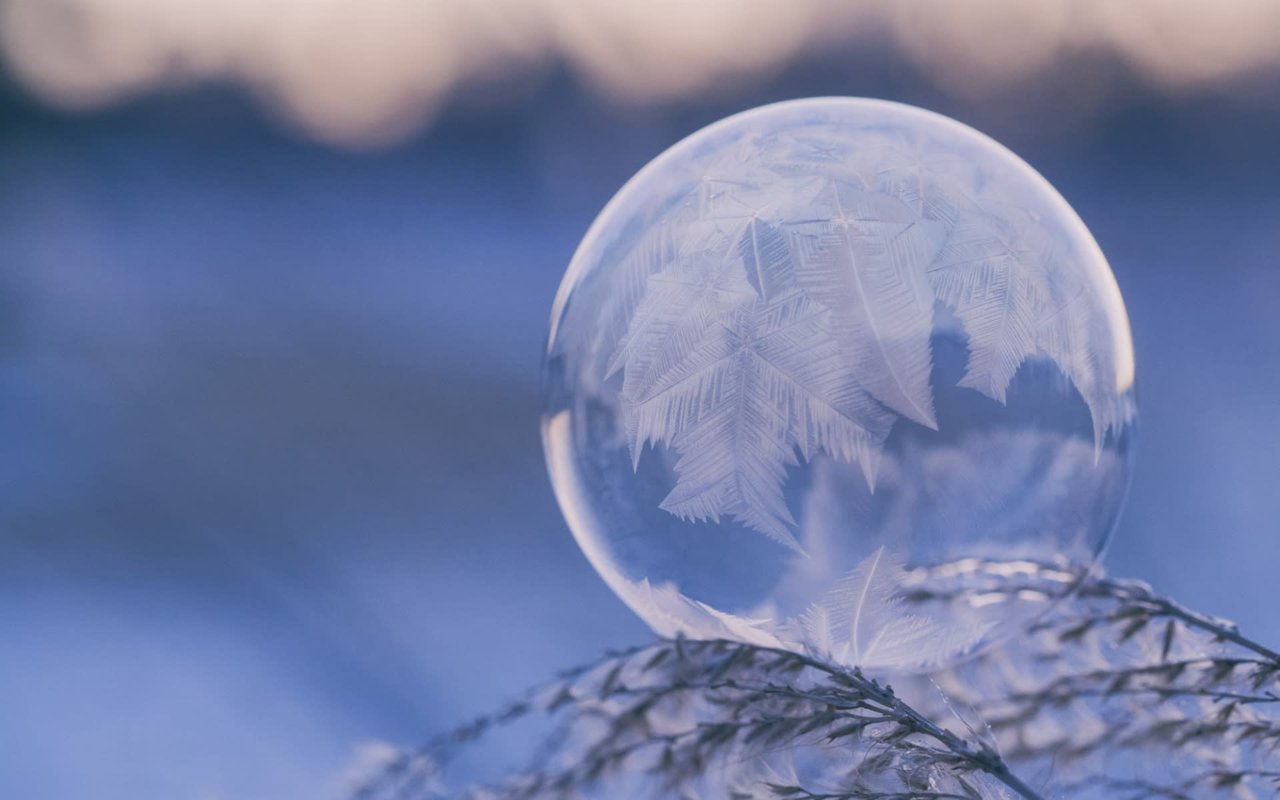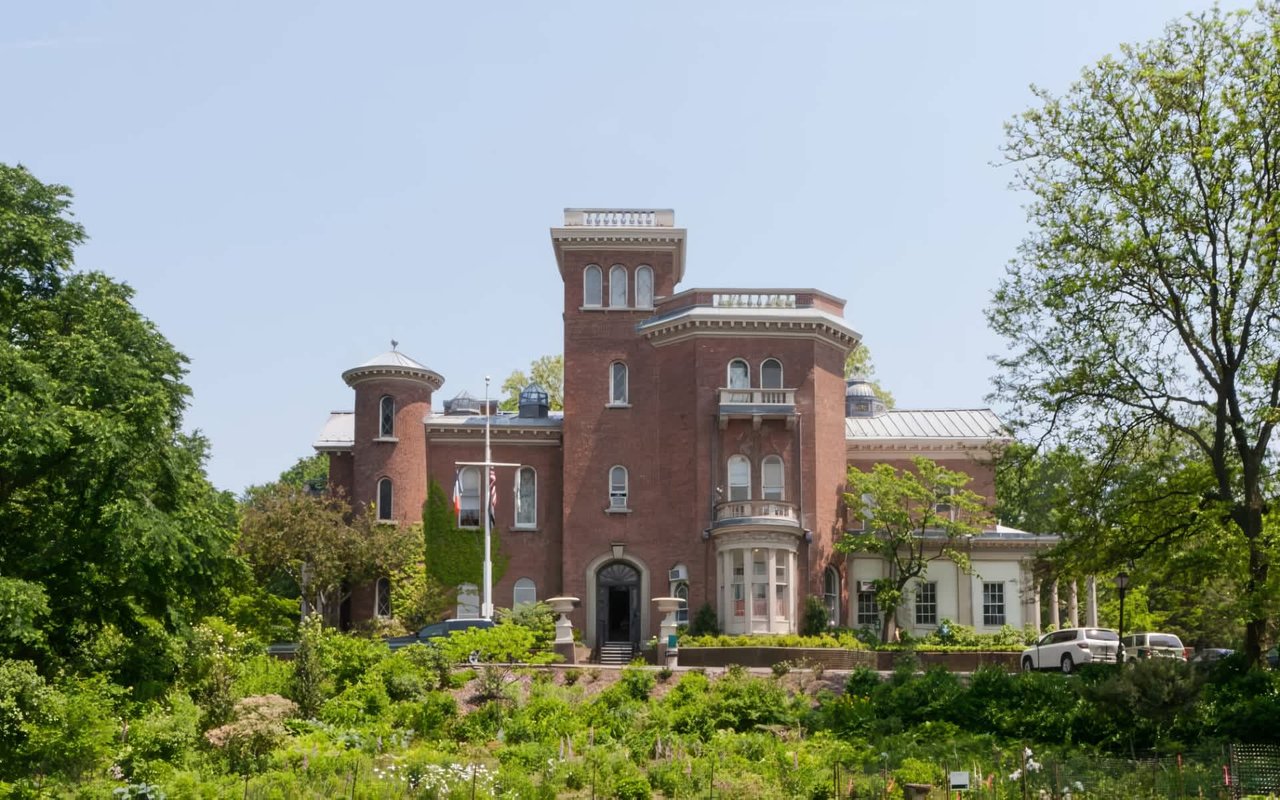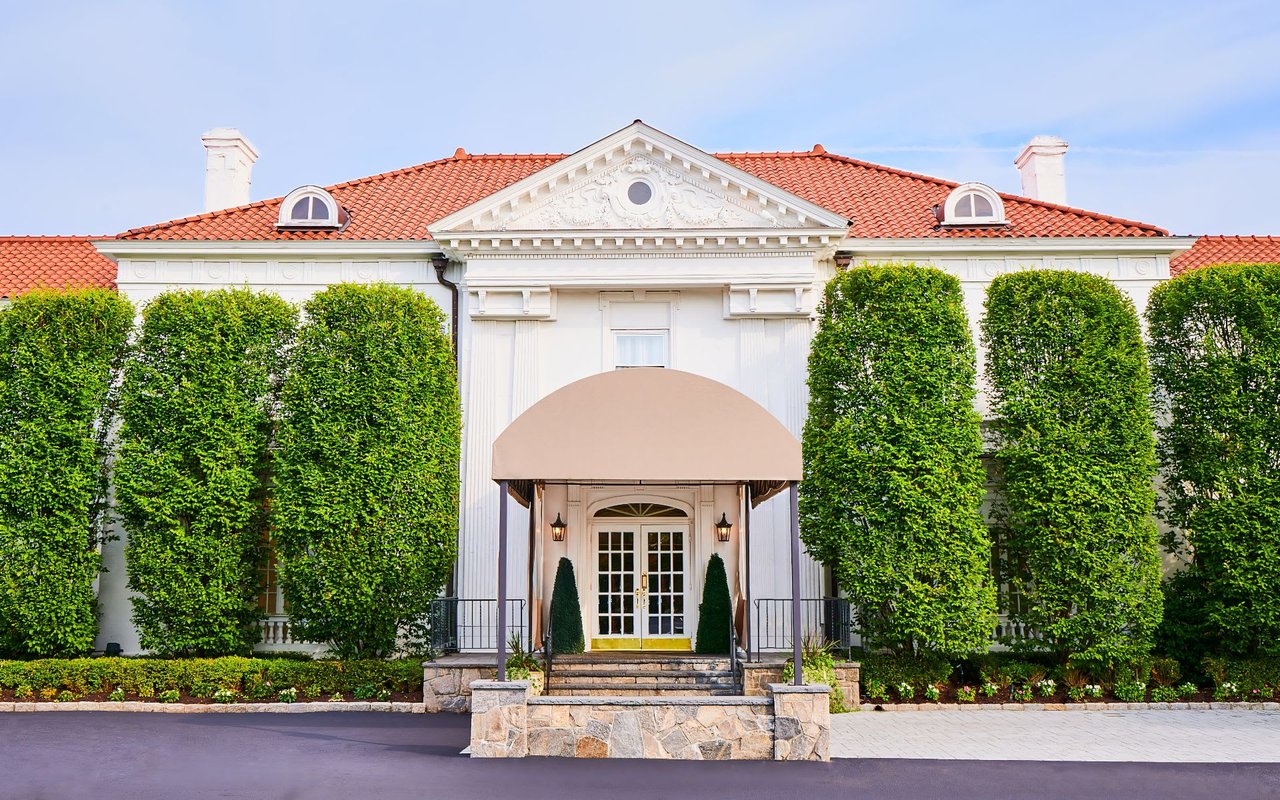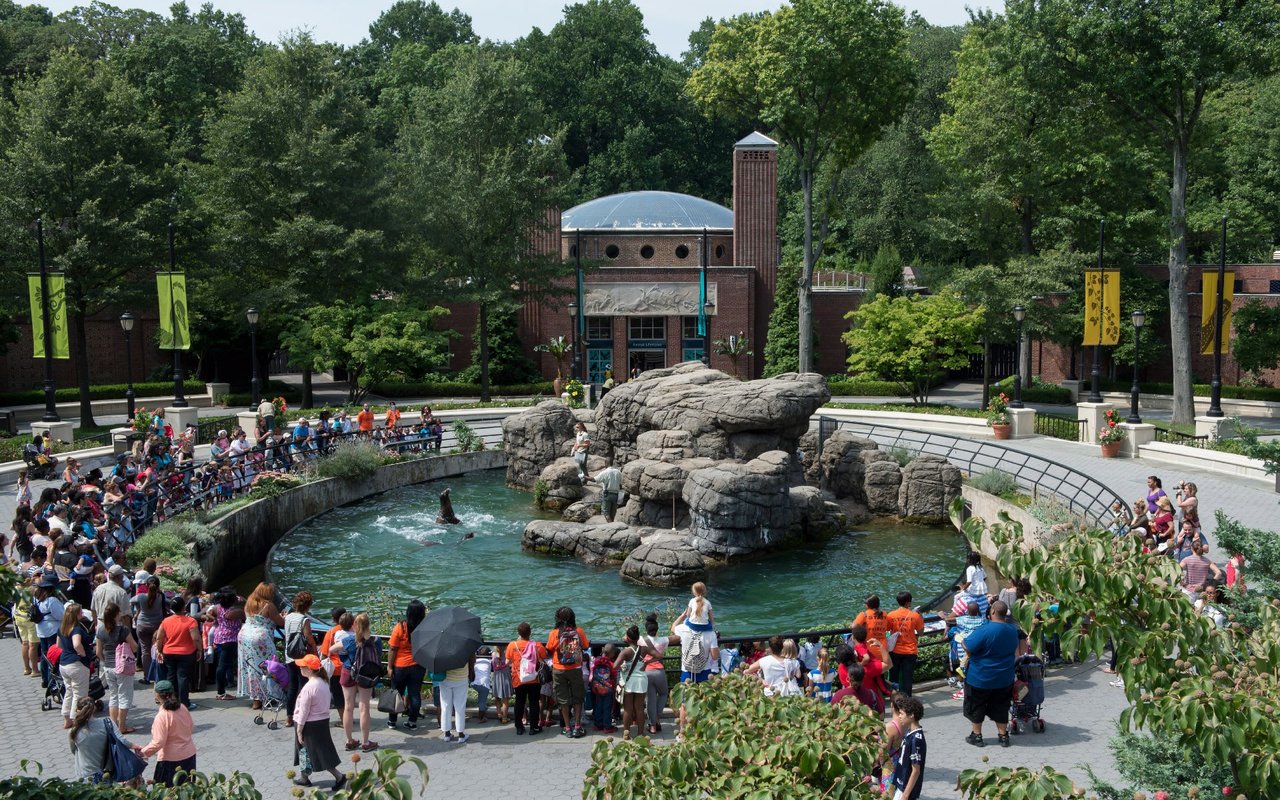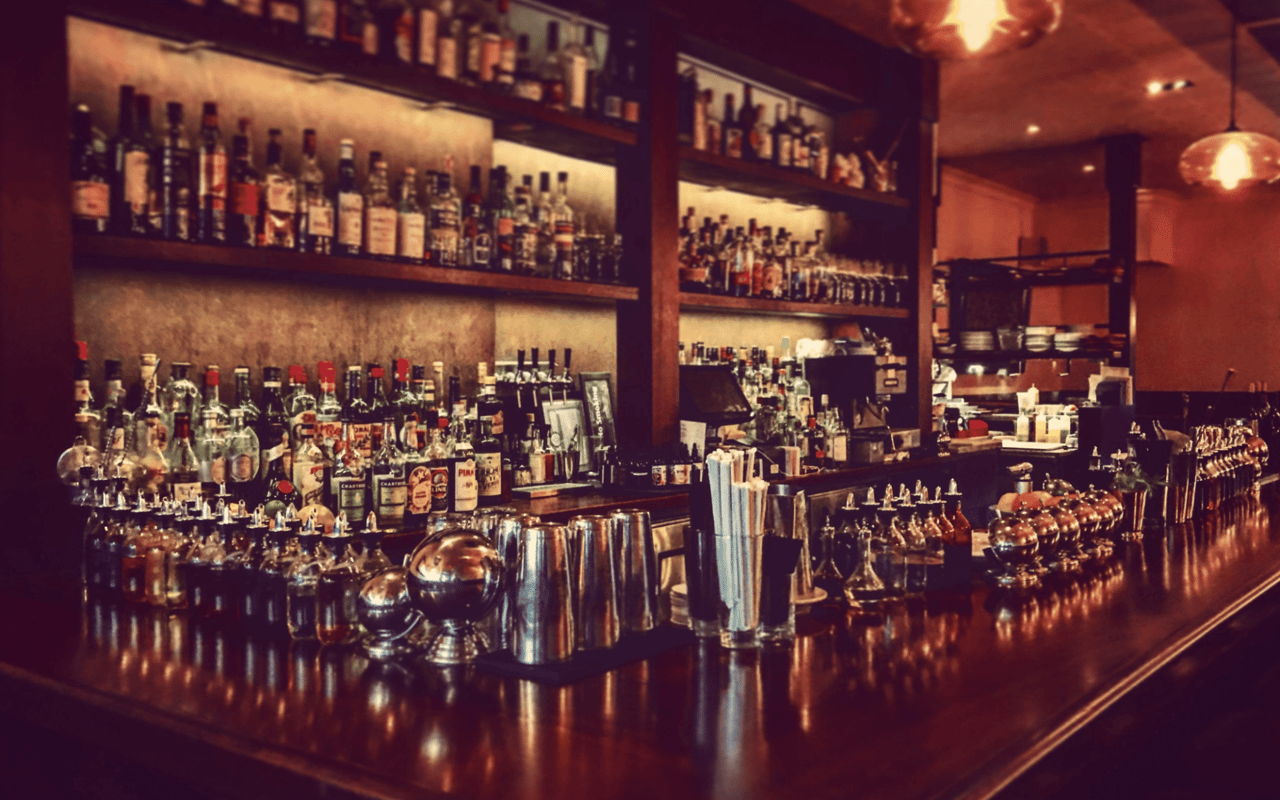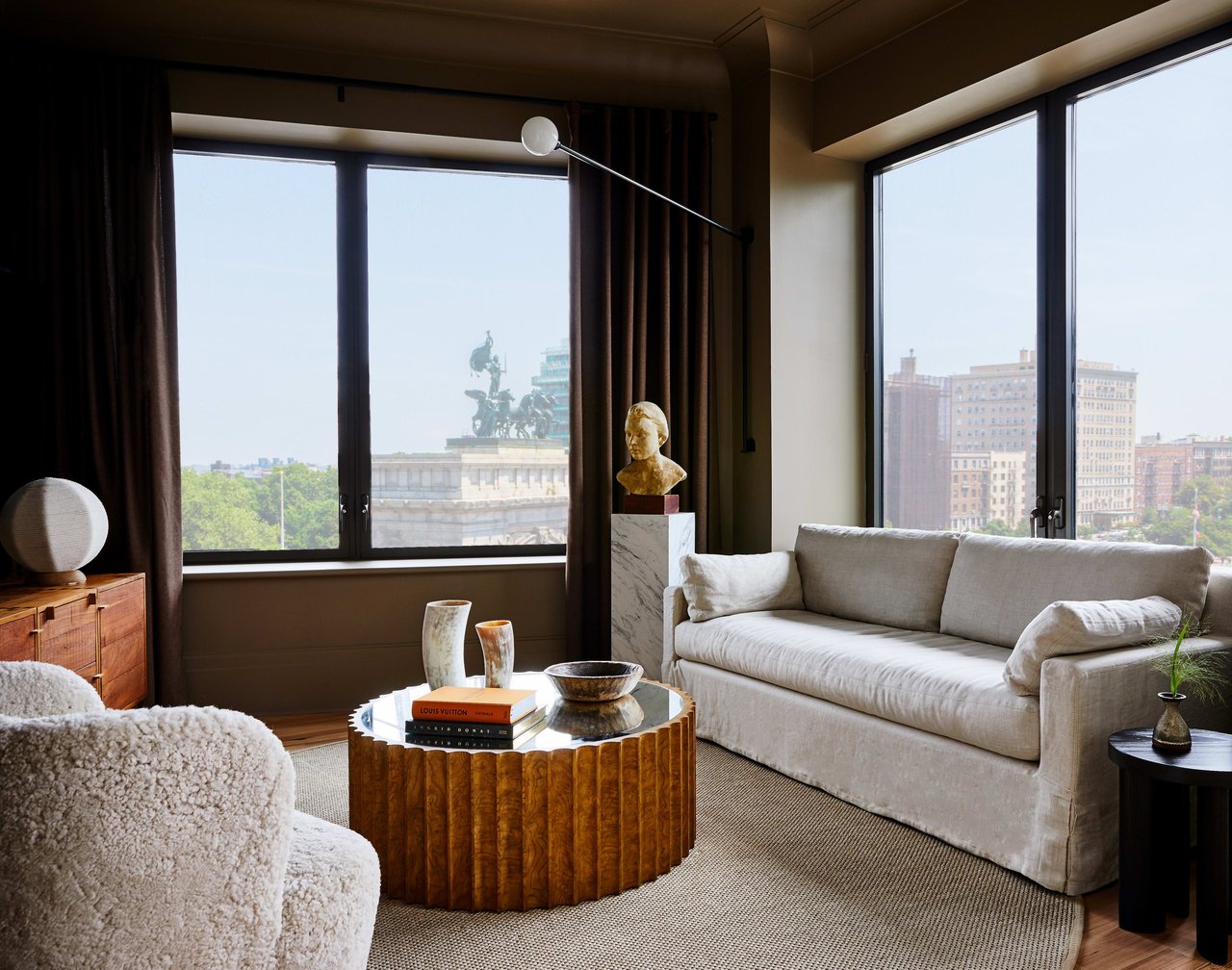Winterizing your home in Brooklyn, NY, is essential to ensure comfort, reduce energy bills, and prevent damage caused by the cold and snowy weather typical of Northeastern winters. Brooklyn's unique blend of historic brownstones, modern apartments, and everything in between requires a tailored approach to winterization. This guide will provide specific tips and strategies for preparing your Brooklyn home for the colder months.
Inspect and Repair the Exterior
Start with a thorough inspection of your home's exterior. Look for cracks in the facade, loose shingles on the roof, and gaps in windows and doors. These can all lead to heat loss and water damage. In Brooklyn, with its many older buildings, it's crucial to ensure that the exterior is well-maintained to withstand winter storms.
Seal Gaps and Leaks
Caulking and weatherstripping are your first defenses against cold drafts. Seal gaps around windows, doors, and any place where utility lines enter the house. This is especially important in Brooklyn, where historic homes might have settled over time, creating new entry points for cold air.
Roof and Gutter Maintenance
Before the first snowfall, inspect your roof for damaged or missing shingles and repair as necessary to prevent water damage. Clean your gutters and downspouts to ensure proper drainage. In Brooklyn, blocked gutters can lead to ice dams and water seeping into your home, causing significant damage.
Upgrade Insulation
Proper insulation is key to keeping your Brooklyn home warm in the winter. Check the insulation in your attic, walls, and floors. Older homes in Brooklyn may need additional insulation to meet modern energy efficiency standards. Consider hiring a professional to assess your insulation needs and recommend improvements.
Windows and Doors
If you have single-pane windows, consider upgrading to double-glazed units for better heat retention. For a more budget-friendly option, use insulating window film or heavy curtains to improve thermal efficiency. Door sweeps and draft stoppers can also make a big difference in preventing heat loss.
Heating System Maintenance
Ensure your heating system is in top condition before the cold weather hits. This is crucial in Brooklyn, where temperatures can drop dramatically.
Furnace and Boiler Checkup
Schedule a professional inspection of your furnace or boiler. This should include cleaning, replacing filters, and checking for any signs of wear and tear. Inefficient heating systems can lead to higher energy bills and unexpected breakdowns.
Radiator Care
In many Brooklyn homes, especially in older apartments and brownstones, radiators are a primary heat source. Bleed your radiators to remove trapped air, ensuring they work efficiently throughout the winter.
Protect Pipes from Freezing
Frozen pipes are a common problem in Brooklyn winters and can cause significant damage if they burst.
Insulate Pipes
Wrap exposed pipes in unheated areas like basements, crawl spaces, and garages with foam pipe insulation. Pay special attention to areas where the plumbing runs along exterior walls.
Keep the Heat On
Even if you plan to be away, keep your heating on at a minimum temperature (around 55°F) to prevent pipes from freezing.
Prepare for Snow and Ice
Snow and ice can be challenging in Brooklyn, with its busy sidewalks and narrow streets.
Stock Up on Supplies
Have a snow shovel, ice melt, and sand ready before the first snowstorm. Clearing sidewalks and pathways promptly is not only courteous but often required by local ordinances.
Roof and Structure
Consider the weight of snow on your roof, especially if you live in an older home or building. If necessary, hire a professional to remove heavy snow accumulation to prevent structural damage.
Fire Safety and Carbon Monoxide Prevention
Heating-related hazards increase in winter, so it's essential to be vigilant.
Smoke and Carbon Monoxide Detectors
Test your smoke and carbon monoxide detectors and replace batteries if needed. Ensure you have detectors on every floor of your home, particularly near sleeping areas.
Fireplace and Chimney Inspection
If you have a fireplace, get your chimney inspected and cleaned to prevent chimney fires and carbon monoxide buildup. This is especially important in Brooklyn, where many homes feature older, working fireplaces.
Energy Efficiency Considerations
Reducing energy consumption is not only good for the environment but can also significantly lower your heating bills.
Smart Thermostats
Install a smart thermostat to better control your heating. These devices can learn your schedule and adjust the temperature accordingly, ensuring you're not heating an empty house.
LED Lighting
With shorter daylight hours, you'll likely use more lighting in the winter. Switching to LED bulbs can reduce your energy consumption for lighting by up to 75%.
Final Thoughts
Winterizing your home in Brooklyn, NY, requires a proactive approach to handle the unique challenges posed by the city's diverse housing stock and climate. By following these steps, you can ensure a warmer, safer, and more energy-efficient home during the winter months. Start early, and tackle each task systematically to avoid the last-minute rush and potential hazards that the cold season can bring.
Ready to make Park Slope your home? Explore the latest listings and find your dream property with Doug Bowen and Zia O’Hara.
Ready to make Park Slope your home? Explore the latest listings and find your dream property with Doug Bowen and Zia O’Hara.
